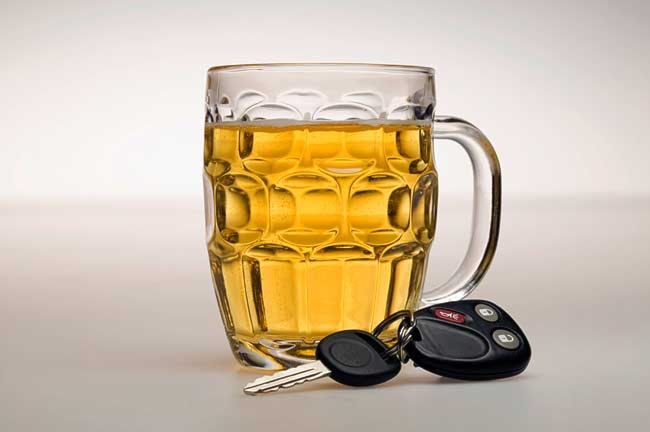This week, it’s Nathan Horton.
On January 1, it was Sidney Crosby.
Who’s it going to be next week?
Perhaps your son or daughter. You should consider this.
There’s plenty of magic in hockey, but most of it is wiped out by the dirty, late hits, brawling and much of the other awful sportsmanship shown by legions of its players, and endorsed by its bloodthirstiest fans.
That culture runs deep. Anyone can see it - every time there’s a blind hit by a thug like Aaron Rome, the excuses start.
“Ahh, Horton is OK,” they’ll say. “Look at how he’s squirming on the ice - no problem. The guy is tough. He’ll be fine.”
Or, “Well, I don’t know if it was a late hit ... hard to say. It’s up for debate. But it’s clear Rome was provoked earlier when that Bruin went beakin’ off at the Canucks’ bench. It wound the guy up - who can blame a guy after behaviour like that?”
“Hockey’s a fast game. It’s hard to control. You don’t want the game slowing down.”
“It’s a tough sport. The players know what they’re getting into. Stuff happens.”
Yeah, stuff happens. Like career-ending concussions. And chronic traumatic encephalopathy
Hard-drinking, NHL enforcer Bob Probert died at 45. An examination of his brain found he suffered from CTE (as it is better known), an ailment that is all too common in football players.
Eric Lindros has gone public with stories of depression and feelings of isolation he suffered after receiving concussions on the ice.
But it’s not limited to the pros. Far from it. Brain injuries in hockey is, really, a youth issue.
Concussions in minor hockey and other sports are far more common than they are in the rest of society.
Neural researchers believe there are 110 concussions per 100,000 people in Canada, a figure that is probably low because most go unreported.
But among youth, the figure is believed to be 200 per 100,000. But even that is suspect because the injuries are harder to detect in youngsters.
Kids who suffer concussions often don’t tell anyone they have been knocked momentarily senseless and are feeling woozy. They shake it off.
The resulting fatigue and irritability is dismissed as teenage angst.
But it could easily be the signs of a seemingly minor head injury.
And the implications of such injuries on youth are more severe than in adults.
People develop neural connections until they are 20, so head injuries in youth have far more potential to affect cognitive ability, Dr. Jeffrey Kutcher recently told Maclean’s.
And, in Canada, hockey rinks are where many of these injuries are happening.
In 2006, Simon Fraser researchers studied concussion rates in youth hockey, comparing incidents reported by coaches and officials to official reports by the British Columbia Amateur Hockey Association.
The association indicated fewer than one concussion per 1,000 game hours, compared to eight reported by coaches and up to 24 declared by players.
The prevalence in minor hockey is far greater than people think, perhaps seven times greater, Paul Echlin, a sports physician based in London, Ontario, recently told Maclean’s.
He followed two junior hockey teams for a season. In 52 games there were 21 concussions. Only three were recognized by players as concussions, he said.
And one in four of the players suffered another concussion after the first.
This is important because it underscores the potential for hockey players to suffer life-altering injury in our rinks.
And that should make people question the way our hockey associations run the sport.
Should there be checking in minor hockey? People say it protects the players, but does it? Or does it simply promote aggression?
The issue should be elevated beyond
beer parlour discussions and studied far more closely.
And, as parents, we should consider whether we should be talking up the fights and hits.
Or should we be focusing more on the passing and the skating - the stuff that makes our national game so fast and exciting?
But this discussion shouldn’t only focus on the minor leagues. It should be expanded to the pros.
Penalties, suspensions and outright bans should be far more common in the NHL.
The league has condoned and accommodated this mind-numbing behaviour for far too long.
The dirty hits have cost the league some of its greatest talent; Crosby and Horton are only the latest examples.
The behaviour of the stars can’t be considered in isolation - they inspire and educate our youth.
Which is why it is time for the league to adopt a far tougher stand against blind, late or dirty hits and fighting.
For the good of the sport, the NHL should crack some heads.
